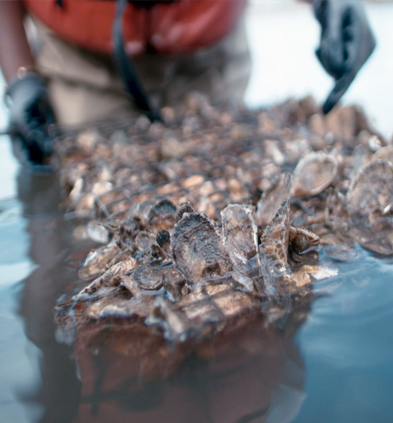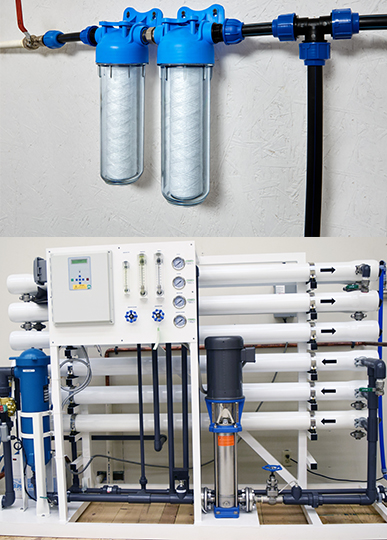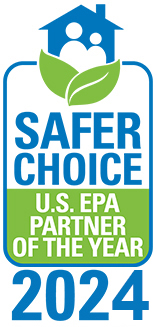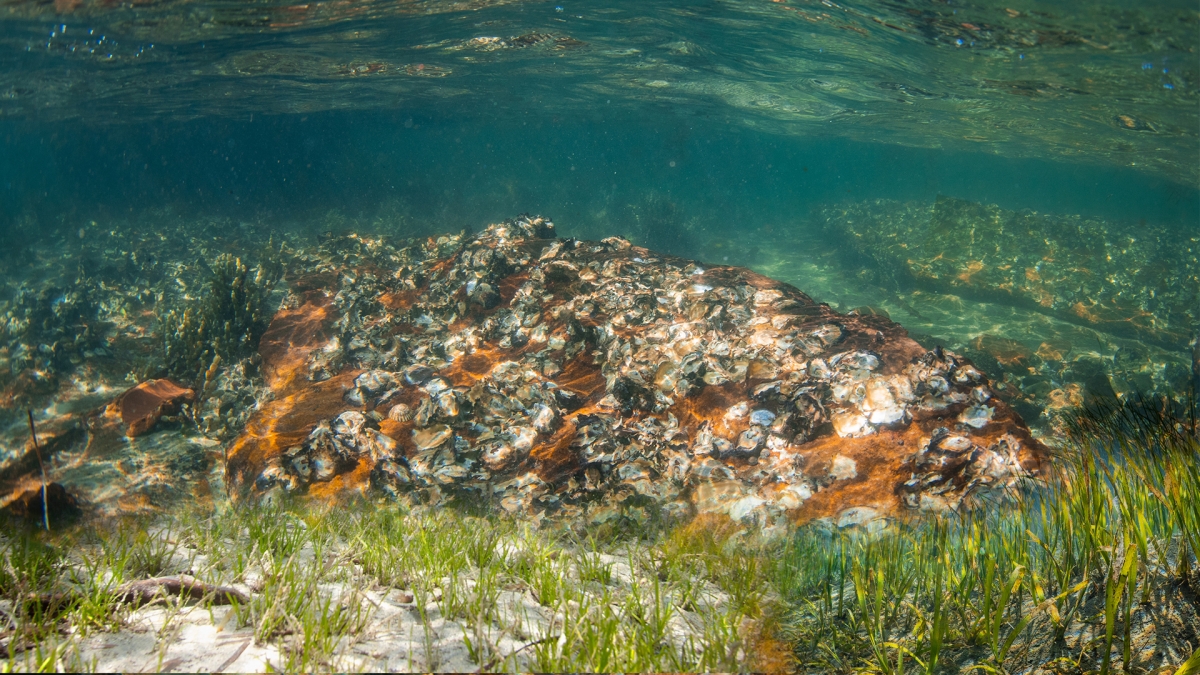Mother Nature has a mechanism to filter water
Nature works to filter and release water over time – for free! Soil layers, wetlands, and even the root systems of plants like mangroves act as natural filters, removing pollutants and sediments. Even little mollusks, like oysters, have their own water filtration system. In fact, oysters have been cleaning up the polluted New York Harbor through oyster filtration and restoring the depleted oyster population, too. The Billion Oyster Project has worked since 2014 to rebuild oyster reefs in the waters surrounding New York City. The creatures are natural purifiers: A single adult oyster can cleanse about 50 gallons of water per day. And their reefs can provide a habitat for other marine life and help protect New York’s shores against storm surge during rough weather.


Humans filtered water in ancient times
In ancient Greek and Roman times, sand was used to filter drinking water. Natural water filters, such as carbon filters, have been used for thousands of years. Carbon binds with unwanted chemicals and pulls them out of the water through a process called absorption. Early Sanskrit writings outlined methods for purifying water. These methods ranged from boiling or placing hot metal instruments in water before drinking it to filtering that water through crude sand or charcoal filters (Baker & Taras, 1981). These writings suggest that the major motive in purifying water was to provide better tasting drinking water. It was assumed that good-tasting water was also clean. Centuries later, Hippocrates, the famed father of medicine, began to conduct his experiments in water purification. Hippocrates designed his crude water filter to “purify” the water he used, known as the “Hippocratic sleeve.” This filter was a cloth bag through which water could be poured after being boiled. The cloth would trap any sediment in the water.
Too many chemicals…
Healthcare facilities are already using too many chemicals. Many of them are hazardous, and most can’t be released directly into the wastewater stream. Now, it has become routine practice and added to the Standards that health care facilities should purify water in multiple steps using softening and chemical additives, when a simple purification method like filtration is all that is needed. The recommendation is to start with softening (add salt), then chemical treatment with sodium bisulfate (as an option), and finally filtration, using RO (membrane only), and then finally follow with DI (with media required). Are all these steps needed? Water treatment suppliers say to start with softening with multiple treatment steps to follow or suggest using softening only if nothing else fits the budget. (Softening increases sodium levels in the water). Then, add more chemicals to further “treat” the water, such as sodium bisulfate, a bleaching agent with a slight odor of rotten eggs, to lower the pH and for effective chlorination. Perhaps, okay for disinfecting your swimming pool. But according to Science Direct, it is a corrosive, white powder that dissolves in water, becoming sulfuric acid. Is this another “suspect” to consider in our investigation of white powder residue and surface corrosion of medical devices?


Water filtration alone can serve as a stopgap between you and harmful substances
It’s simple to standardize on RO water treatment with filtration only. Filtration alone removes and reduces the concentration of particulate matter, minerals, TDS, including suspended particles, parasites, bacteria, algae, viruses, and fungi, as well as other undesirable chemical and biological contaminants from contaminated water to produce safe and clean water, as well as the critical water required in healthcare facilities. Use filtration alone for cleaning and use RO water for rinsing reusable devices. Install a pre-filter to remove particulate matter beforehand to preserve the RO membrane. Make it clear to see when it needs to be changed. Consider adding a UV system at the outlet where critical water is needed. Now, your water purification system does what’s needed without dispensing hazardous chemicals, salt, and media into the waterways and the environment. FYI save money, too. Perhaps Mother Nature was right all along!
For water filtration without harm, contact us at [email protected]. Case Medical is a US EPA Safer Choice Partner of the Year supporting sustainability and safer chemical useage.
Connect with Case Medical on social media for more content!
LinkedIn
FaceBook
Visit us in Louisville KY, for the HSPA annual conference. Join us Saturday at our hands-on workshop to learn more about water quality science.
Kindest Regards,






